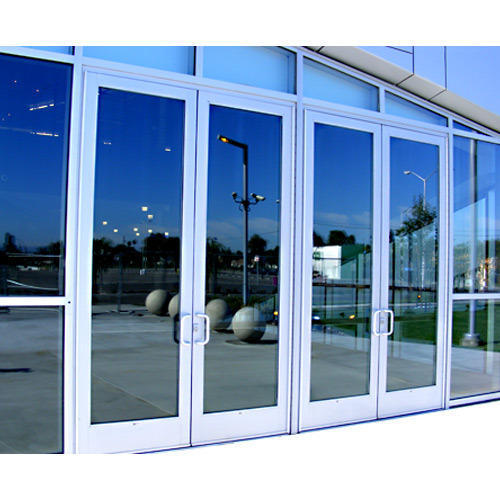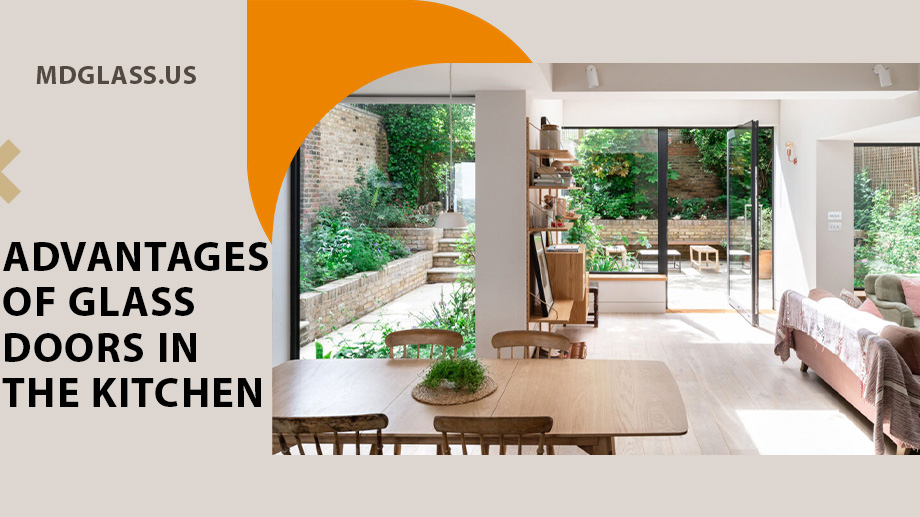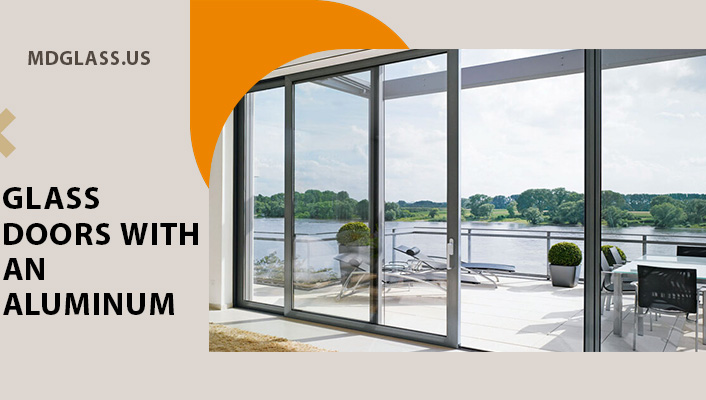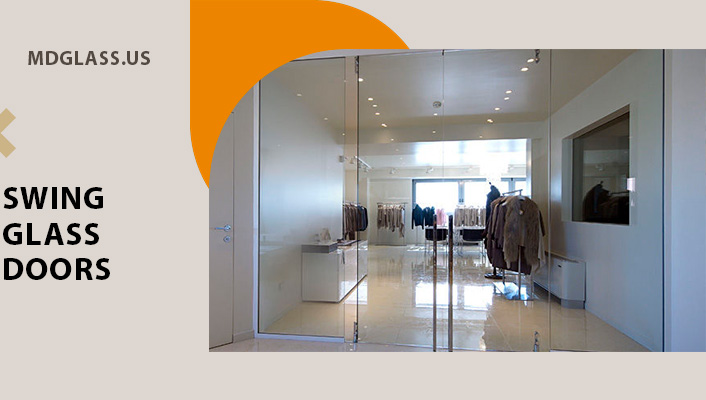Aluminum is a material that has excellent characteristics in front doors, so it is widely used. However, aluminum has not only advantages but also disadvantages and precautions unique to entrance doors.
Inferior heat insulation performances of aluminum entrance doors
Aluminum is known as a material with high thermal conductivity. It gets hot in hot places and cold in cold places because it is immediately affected by the ambient temperature. This is a very annoying feature of the front door. The entrance door serves as a wall that blocks the outside and the inside. In mild climates, there is no problem as long as you block the intrusion of rain and wind, but you must control the temperature during the seasons when the temperature changes drastically, such as summer and winter. Since the entrance is basically air-conditioned, it is important to prevent hot (or cold) outside temperatures with the entrance door.
Aluminum is easy to heat and cool

However, aluminum is quickly affected by the ambient temperature. As a result, the surface of the door gets hot in the summer and cold in the winter. Therefore, it is not possible to control the indoor temperature, creating an unpleasant entrance space where summers are hot and winters are cold.
There are also measures to improve heat insulation performance
Current remodeling entrance doors can be fitted with day lighting windows to control the temperature of the entrance. This has the effect of allowing sunlight to enter through the windows to warm the room, and opening the windows to release moisture and ventilate. There is also a type that has a heat insulating material inside the door to prevent the temperature from dropping. Even with aluminum entrance doors, you can expect some degree of heat insulation performance if the product has such an option. If it were just an aluminum entrance door with no measures taken, it is possible that the entrance would become a rather uncomfortable space.




